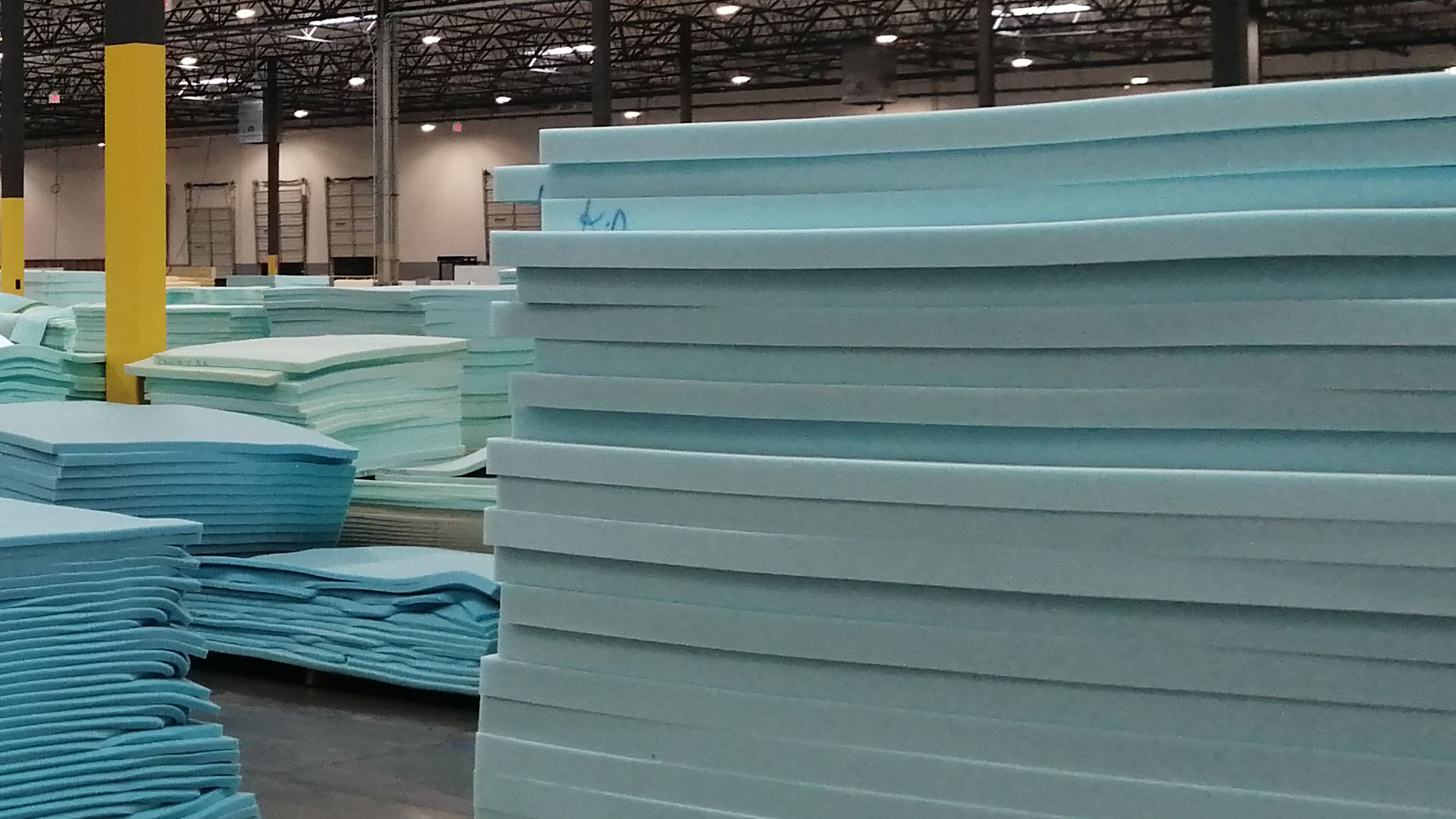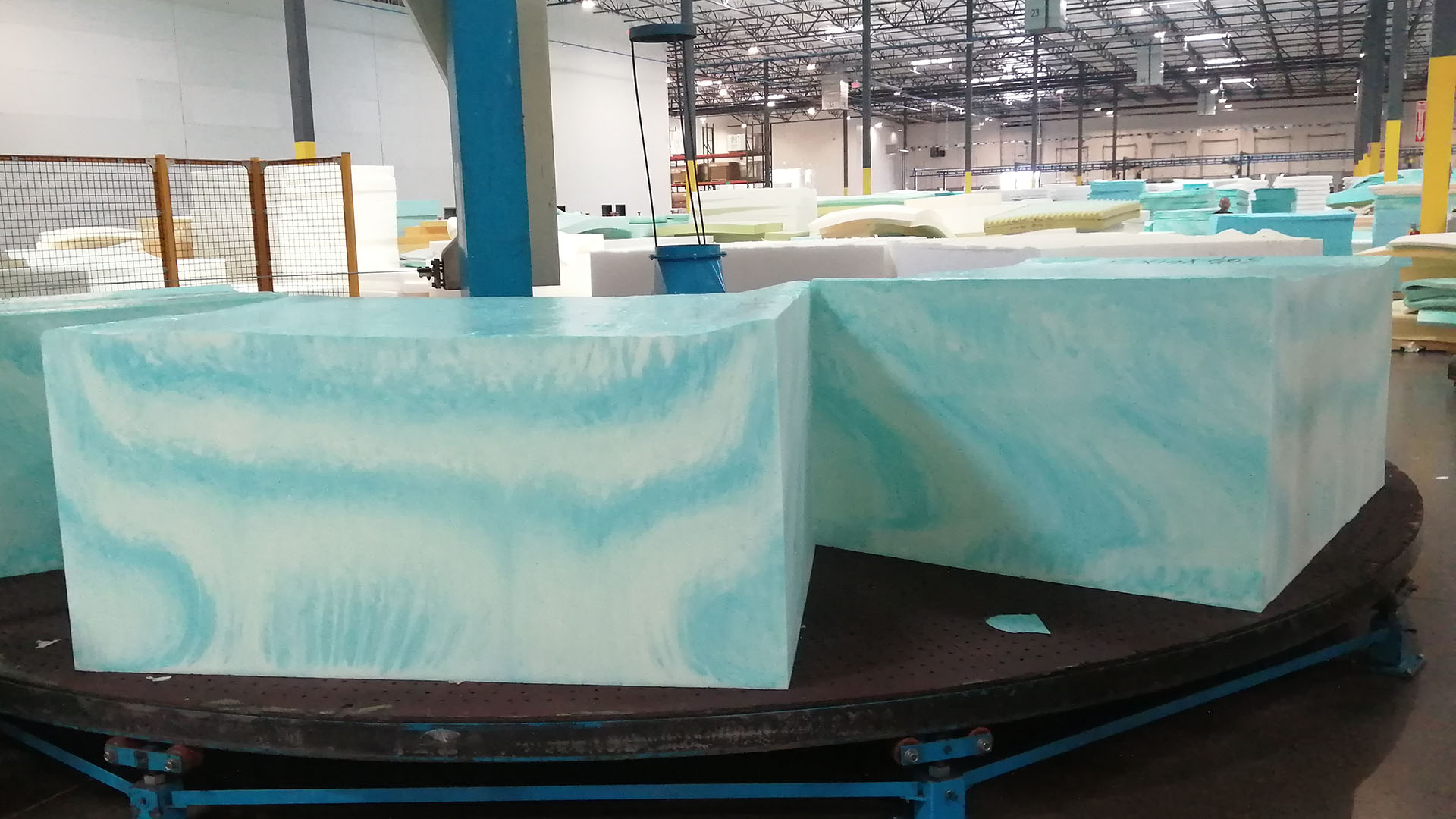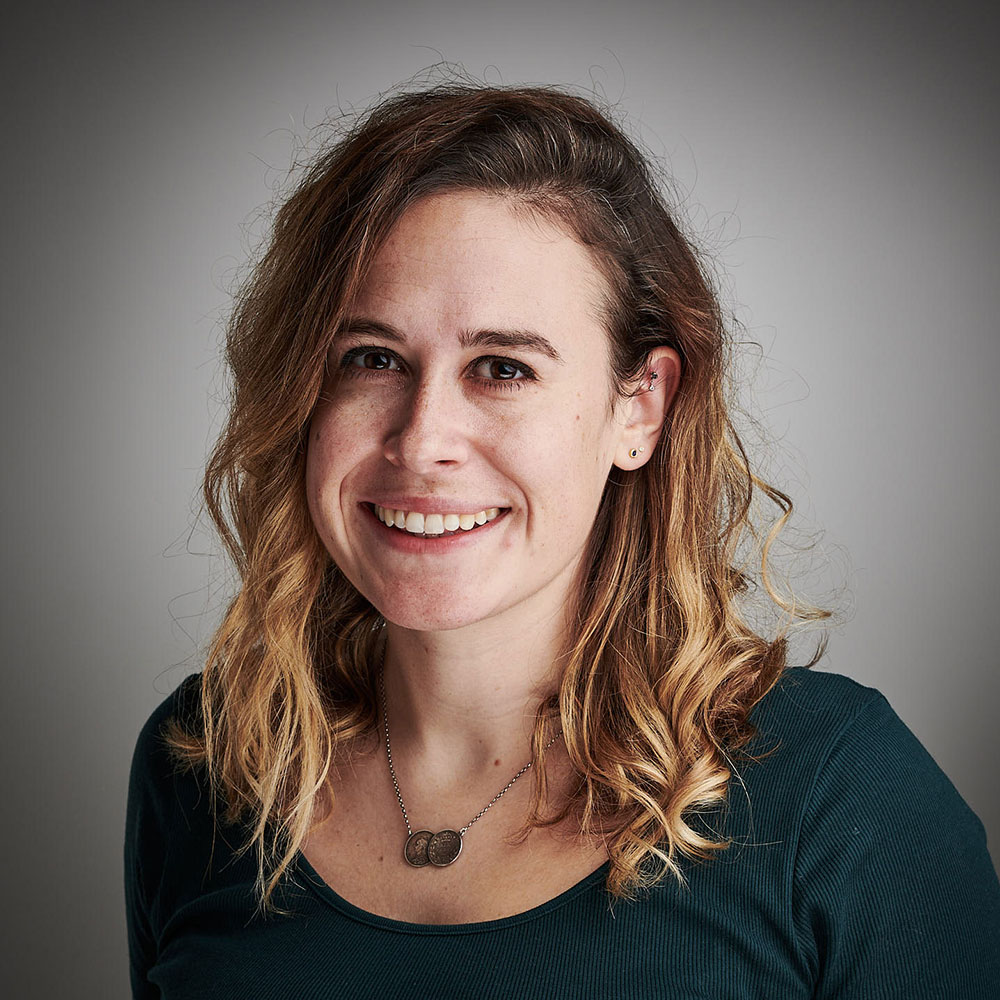Is dense memory foam better quality? Your guide to the mattress specs to look for
We spoke to a mattress manufacturer to find out how important foam density is to mattress comfort and longevity

When shopping for a new mattress, one of the key specs to pay attention to is the density of the foam. Broadly, the denser the foam, the better the quality, and the more durable and expensive it will be. The best memory foam mattresses all feature dense foam as their comfort layer.
I visited the a factory in Arizona where many of the best mattresses in America are made (it officially belongs to 3Z Brands – encompassing so Helix, Brooklyn Bedding, Birch, Bear, Nolah and Leesa – but it also manufactures mattresses from a load of the other leading sleep brands in the US).
While I was there, I got the low-down on the different types of mattress foam from Tim Dilworth, a retail and manufacturing exec with six years' experience in the mattress industry. Here's what he had to say about what foam density means for mattress comfort and longevity, and the specs you should be looking for when shopping for a new bed in a box mattress.
What's the best density for a memory foam mattress?
Look for a 2.5lb foam. For 3Z Brands, that's the sweet spot between comfort and price, and is what should be used in mattresses in the mid-range bracket (so around $800-$1,200 for a queen).
For the comfort (upper) layer of your mattress, these are the densities to look for:
3-4lb foam – Overkill
2.5lb foam – Ideal
1.8lb foam – Acceptable
1.5lb foam – Minimum
"For us, 2.5lb is a real nice, dense foam to work with. It's going to have really great durability and provide a really great feel in combination with the other layers of the bed," says Tim. "If you're going to sort of be in that $1,000ish mattress [category], we think it's important that a significant layer of that is 2.5lb foam. It's the right mix of economy and quality for that sort of fit of mattress."
As we get into in our memory foam FAQ article, it's important to note that foam density does not define firmness: you can have 3lb firm foams, and you can have 3lb soft foams. Similarly, it doesn't define how responsive the foam is (slow-moving, as shown in the video below, or bouncy and fast-moving).
Is a 3lb / 4lb foam mattress more comfortable?
Perhaps… but it'll be marginal. These super-dense foams were popular before the pandemic, and are still found in some of the best luxury mattresses today. But at a certain point, Tim says you won't feel the benefit. "You're ultimately going to end up paying more, [because] there's literally more raw material in those layers. And at some point, there's a diminishing return against that from a consumer standpoint."
That's especially true if these dense foams are being used for firmer or lower-level tiers of the mattress. "Using a [dense, expensive] firm foam is sort of silly, because you really don't want to get into the foam anyway. Firm kind of feels like firm, right? [It makes no difference] if it's really expensive foam or really cheap foam," says Tim. "It's kind of a marketing gimmick at that point, because it doesn't matter."
What's the least-dense foam you can get away with?
If you're on a tighter budget, you might need to make a trade-off and go for some slightly less dense foam. Tim says a density of 1.8lb is acceptable, or 1.5lb at an absolute minimum.
"If you see foam less than 1.5lb I would start to get hesitant. We don't use anything under 1.5lb. You know, if that's what you can afford, and that's your budget, that's okay. But the durability when you get below 1.5lb, in our mind, makes us nervous."
The way a bed is stored plays into it here – if a bed is going to be roll packed for more than a few weeks, 3Z Brands like it to be 1.8lb density, to ensure it springs back into shape correctly.

How can I find information about foam density?
It's easier said than done. Most brands don't publish information about the density of each foam layer, perhaps to give themselves flexibility if they need to make changes. Dig into the specs section of your mattress, or try requesting the information from a customer service rep, but you might struggle to get an answer.

Tim is a Retail and Manufacturing Executive based in Phoenix, AZ. As Chief Operating Officer at 3Z Brands, he leads the Product Development and Marketing of sleep products for leading bed brands including Helix and Brooklyn Bedding.
Covid versus mattress comfort
According to Tim, a shift has taken place over the past few years, where we're seeing bed brands using lower-quality foams. And it's the pandemic that's to blame. Don't panic though, because it might not be the worst news.
"Prior to the Covid pandemic, you saw more 3 and 4lb foams in mattresses. The pandemic, among other things, created a real shortage in foam, and foam prices went through the roof. A lot of beds got re-specced into 2.5lb or even a 2lb comfort layer, just because you couldn't get [the denser foams]."
Sign up to get the BEST of Tom's Guide direct to your inbox.
Get instant access to breaking news, the hottest reviews, great deals and helpful tips.
Interestingly, Tim believes that's not a bad thing, because above 2.5lb, there's only a marginal increase in comfort. He explains that during the initial bed-in-a-box boom around 2016-2018, there were so many new brands joining the market that they needed to find a way to distinguish themselves from the sea of competitor products. Because people were buying online and couldn't actually feel the mattress before making their decision, one way to show quality was through metrics. Being able to say, 'We have the densest foam' was a clear way to indicate quality to potential customers.
Tim sees the shifts to less dense foams as a sensible adjustment. "Post-pandemic we saw a lot of that get rationalized to something that makes more sense," he explains. "The industry found you can build just as good-feeling mattresses [that are] just as good quality, or nearly as good quality, at better prices for customers."

Ruth is currently Homes Editor on Tom's Guide's sister site TechRadar, where she reviews and writes about everything from air fryers to vacuum cleaners to coffee machines, as well as the latest smart home gadgets. Prior to making the shift to Homes, Ruth was Tom's Guide's Sleep Editor. A certified Sleep Science Coach, she has tested more mattresses than her small flat can handle and will talk at length about them to anyone who shows even a passing interest.
